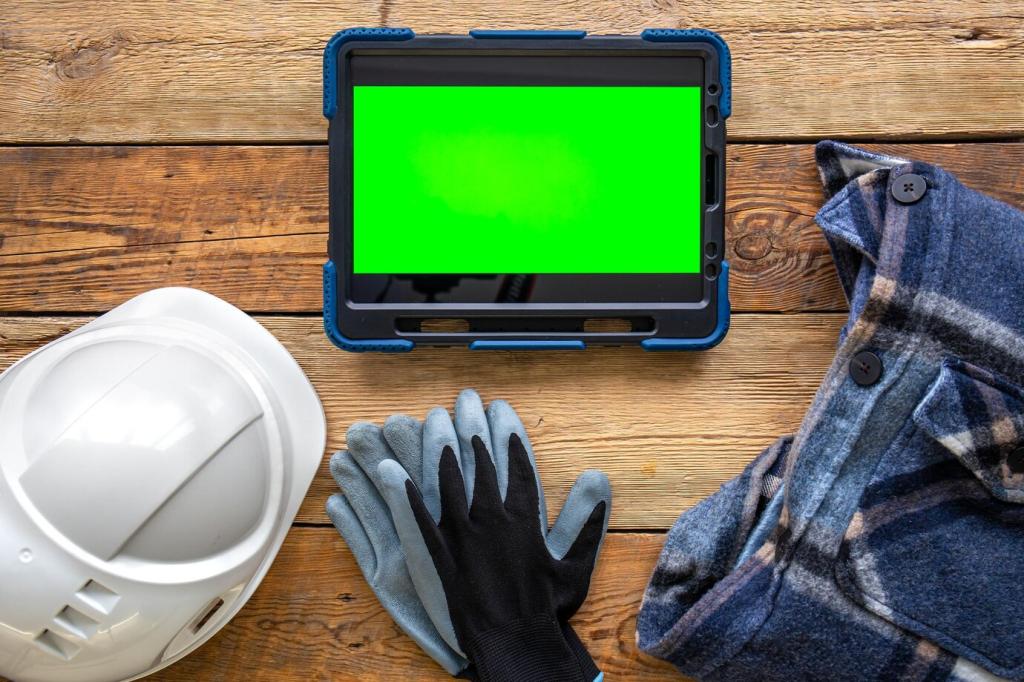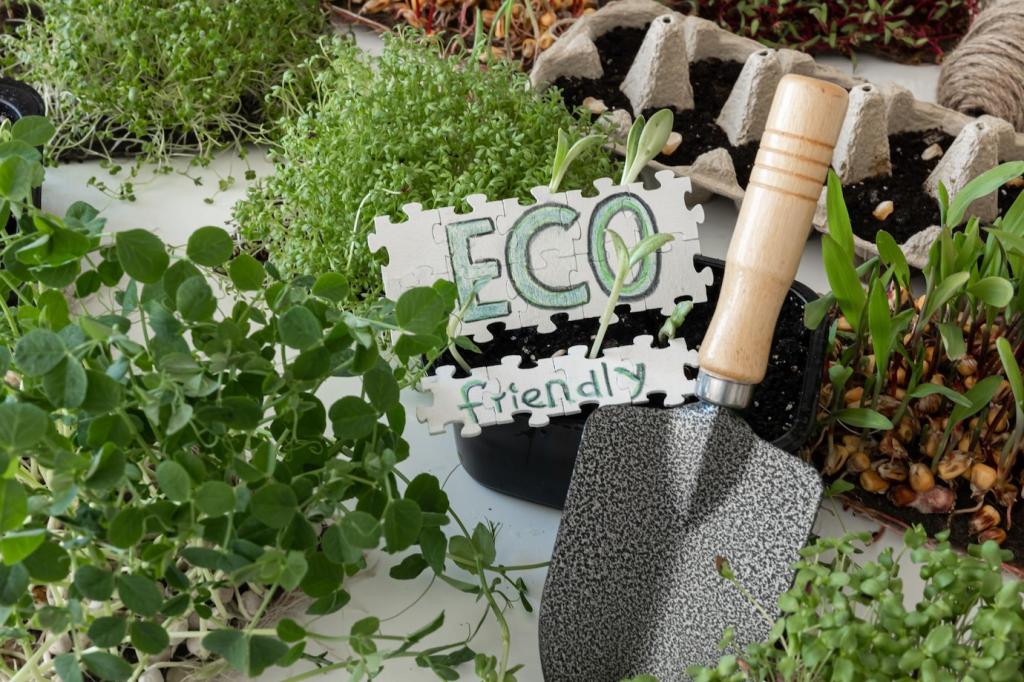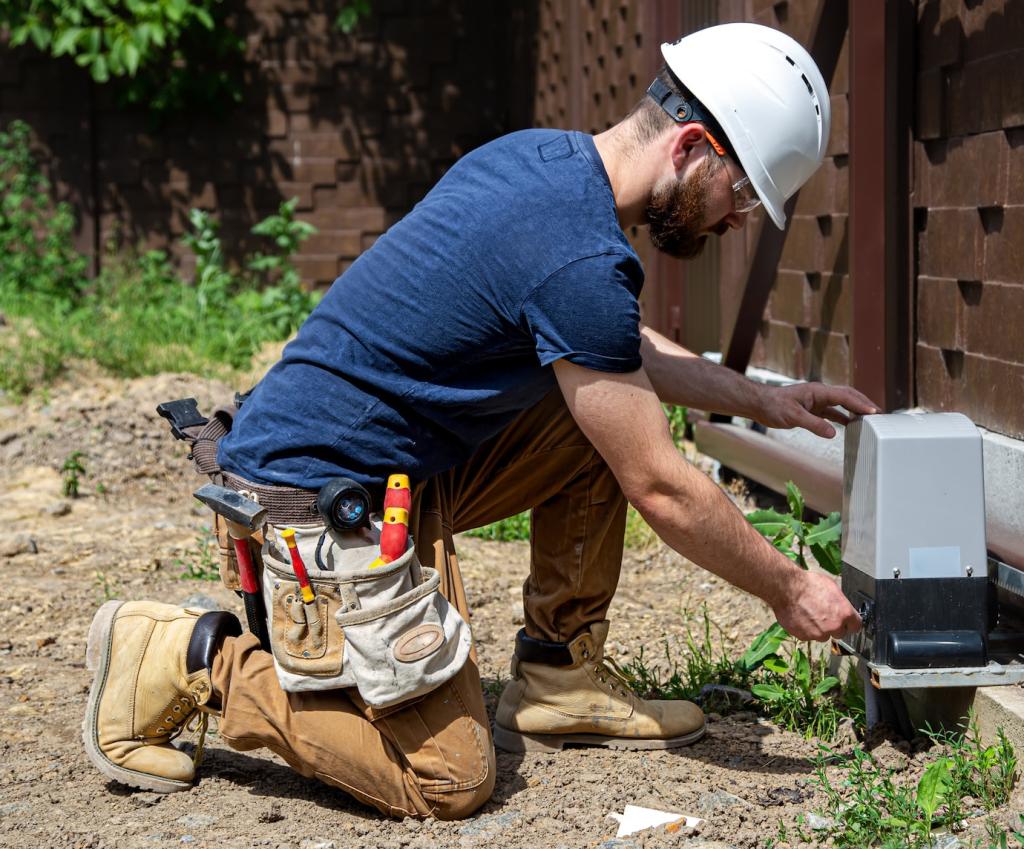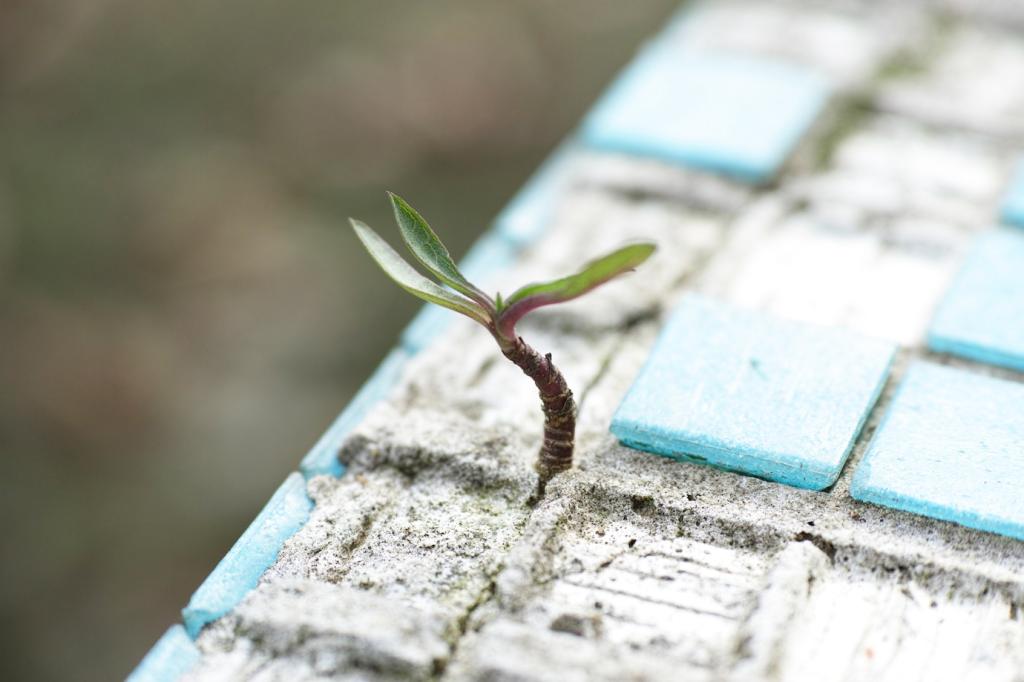Clean Finishes, Clear Conscience
Volatile organic compounds don’t just smell strong—they linger in indoor air. Seek finishes labeled low- or ultra-low-VOC and look for credible certifications such as GREENGUARD Gold or EU Ecolabel. Share your favorite verified brands in the comments to help others choose responsibly.
Clean Finishes, Clear Conscience
Polymerized linseed, tung, and hemp oils penetrate deeply, highlight grain, and allow easy spot repairs later. Choose solvent-free or bio-based blends and test on an offcut for tone. Have you compared drying times or sheen levels? Tell us which recipe cured best in your climate.











